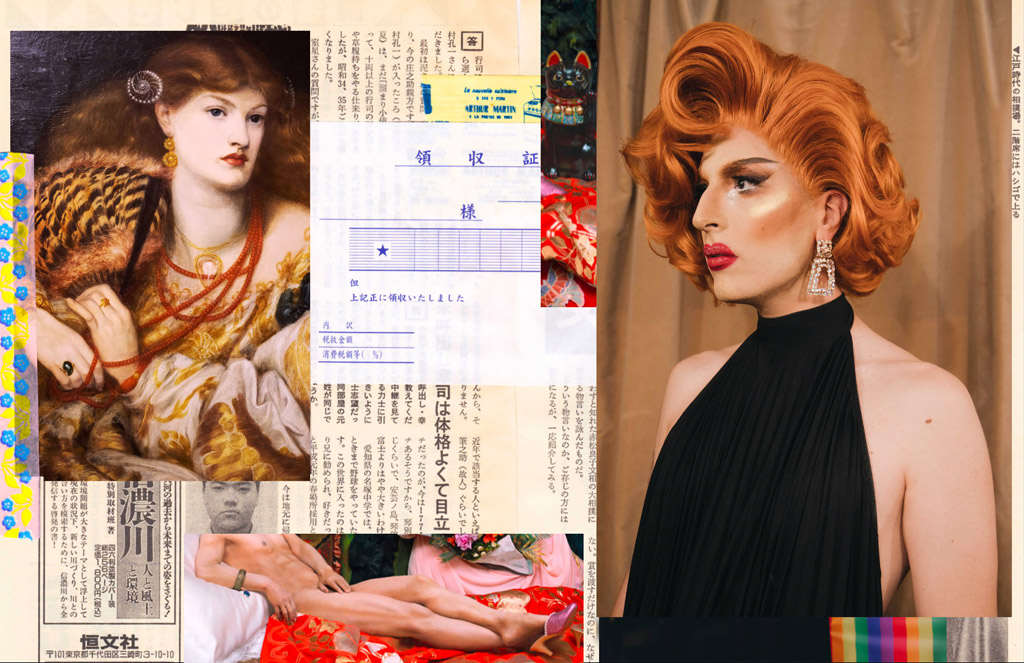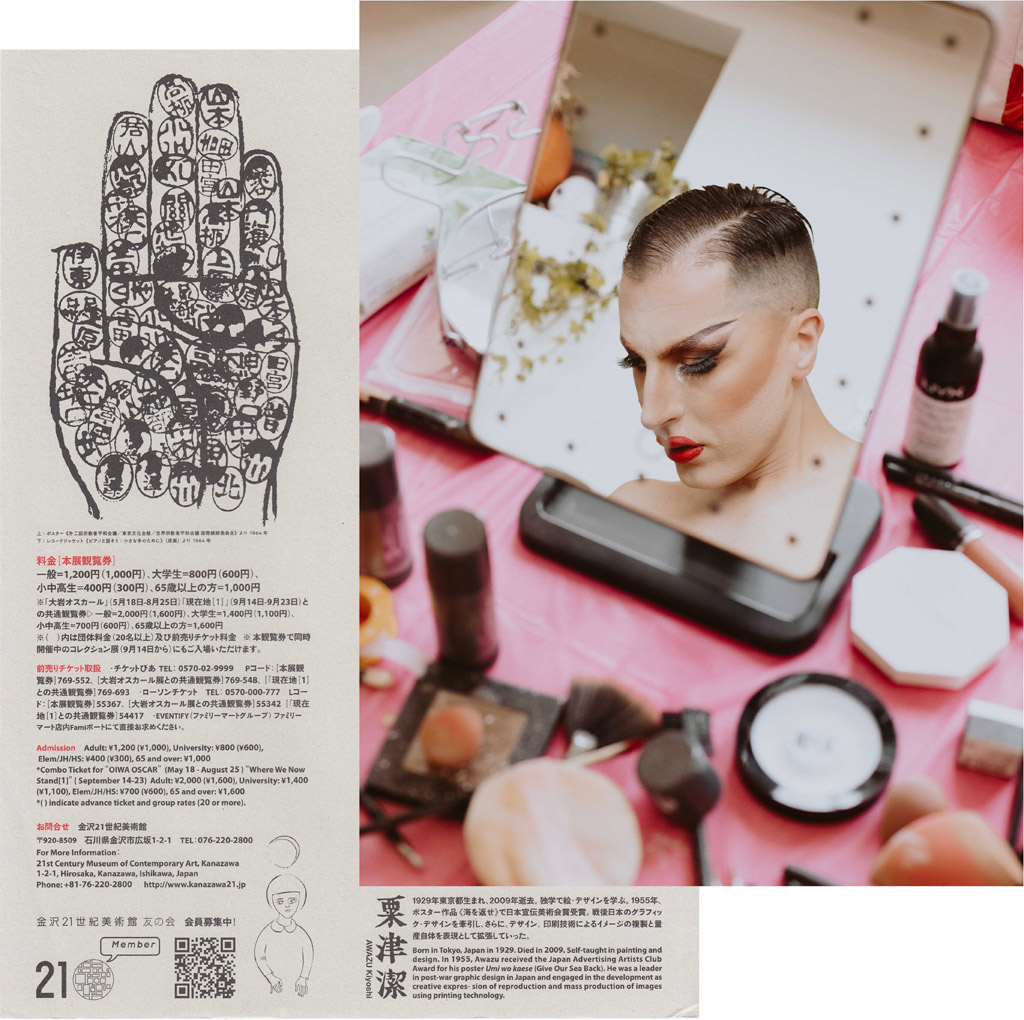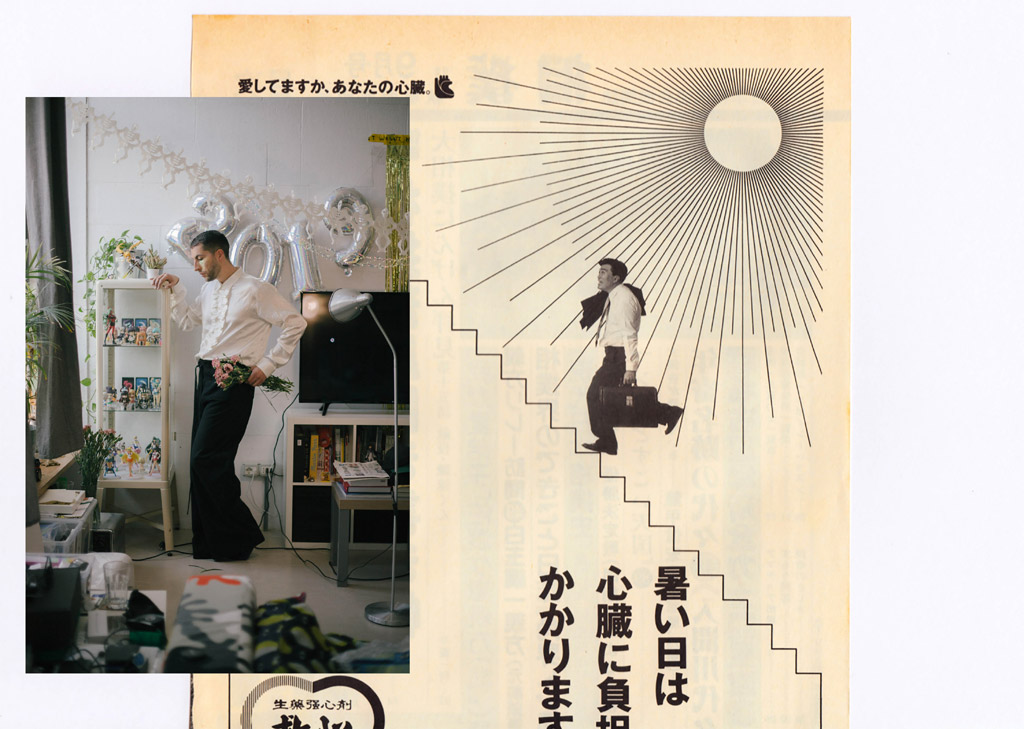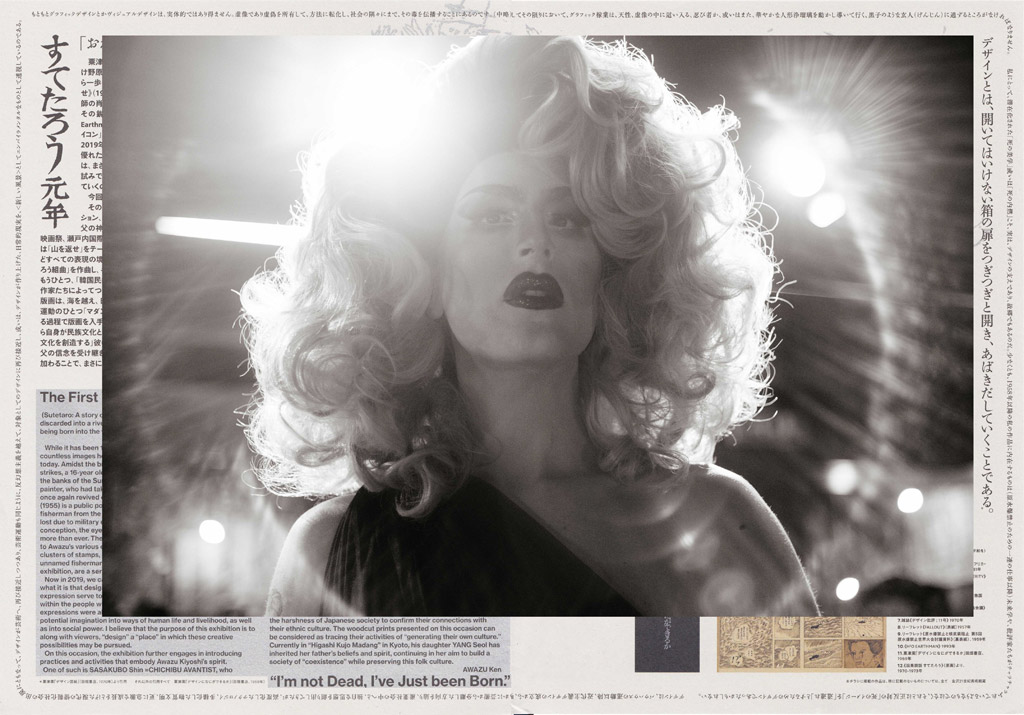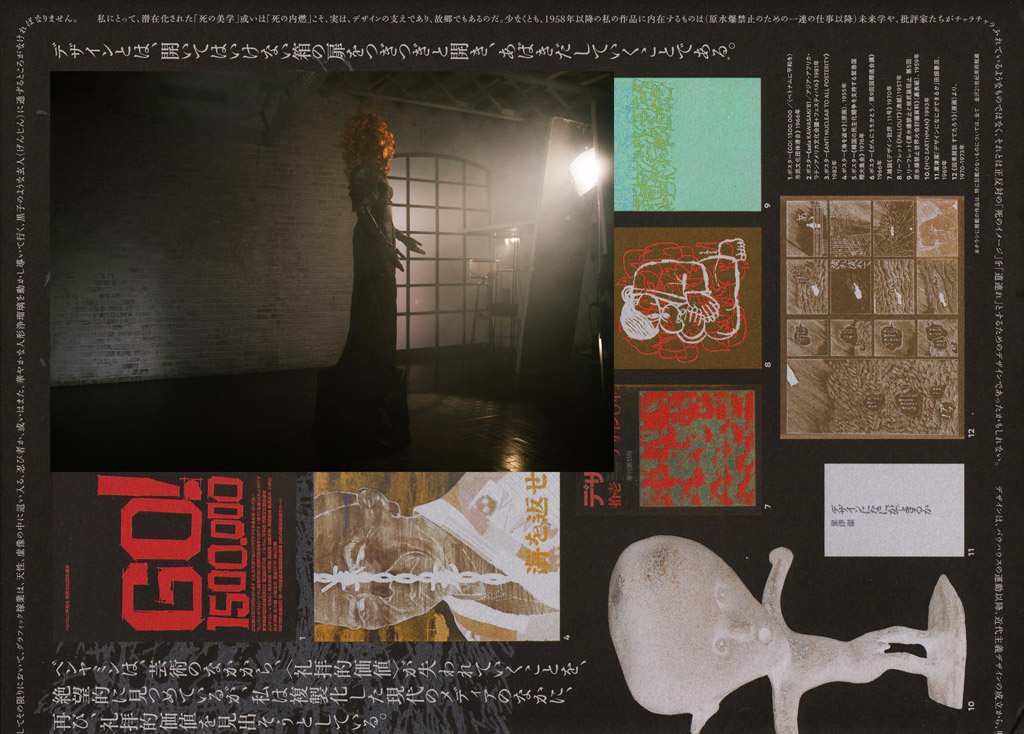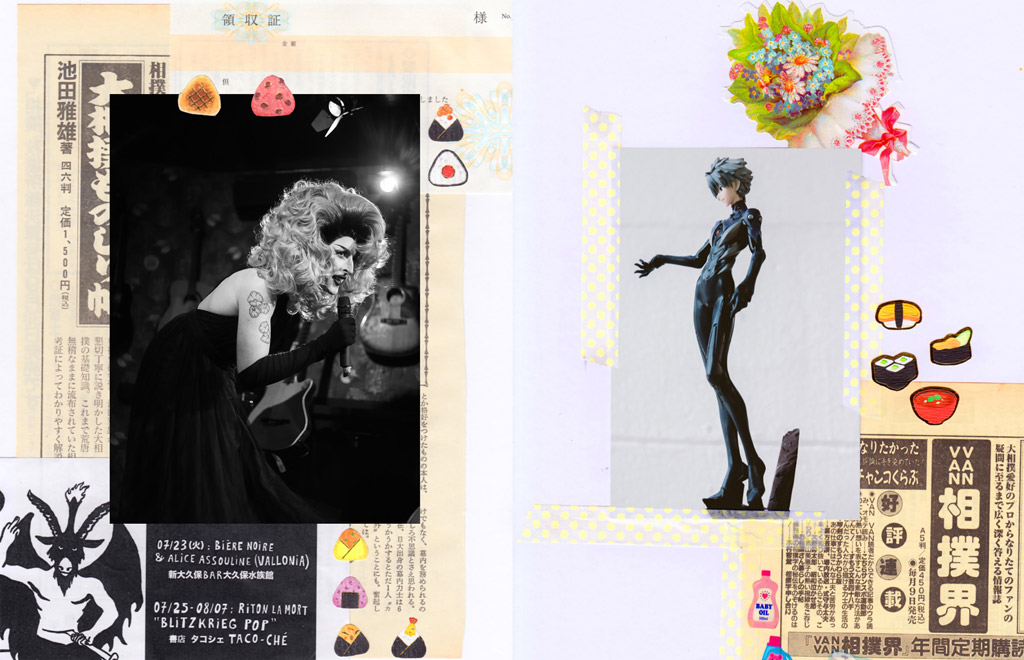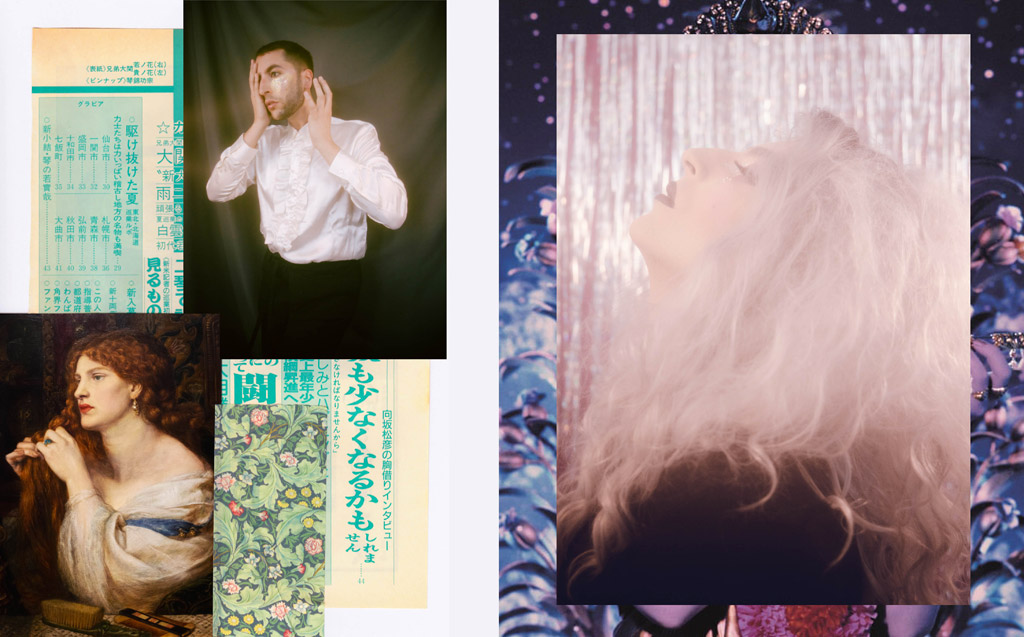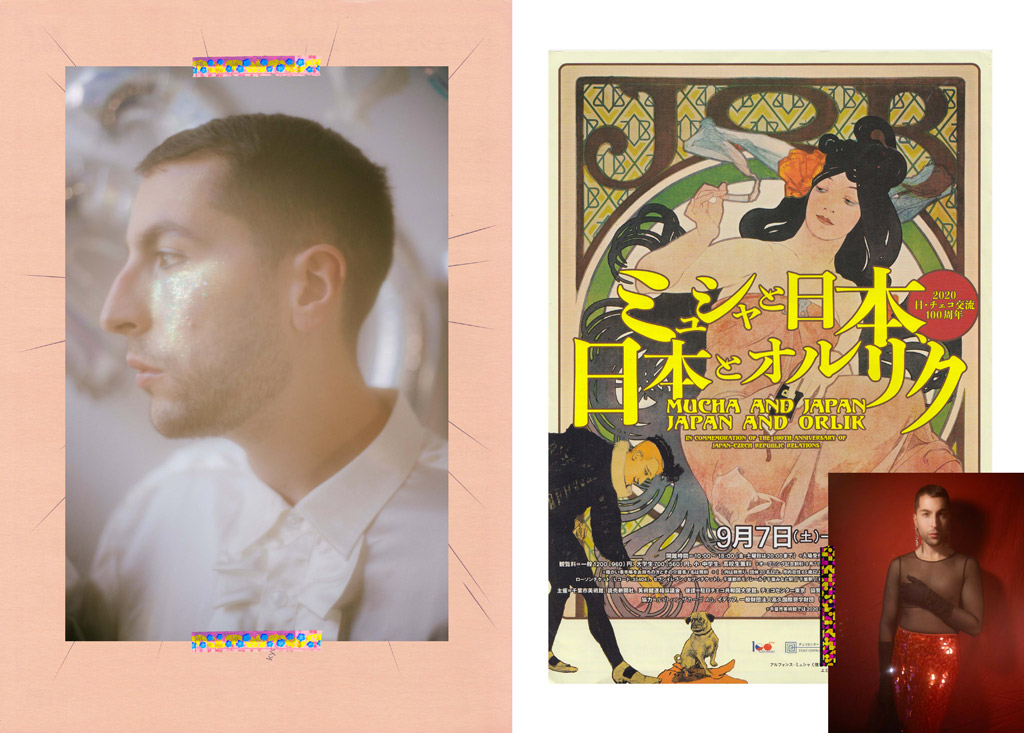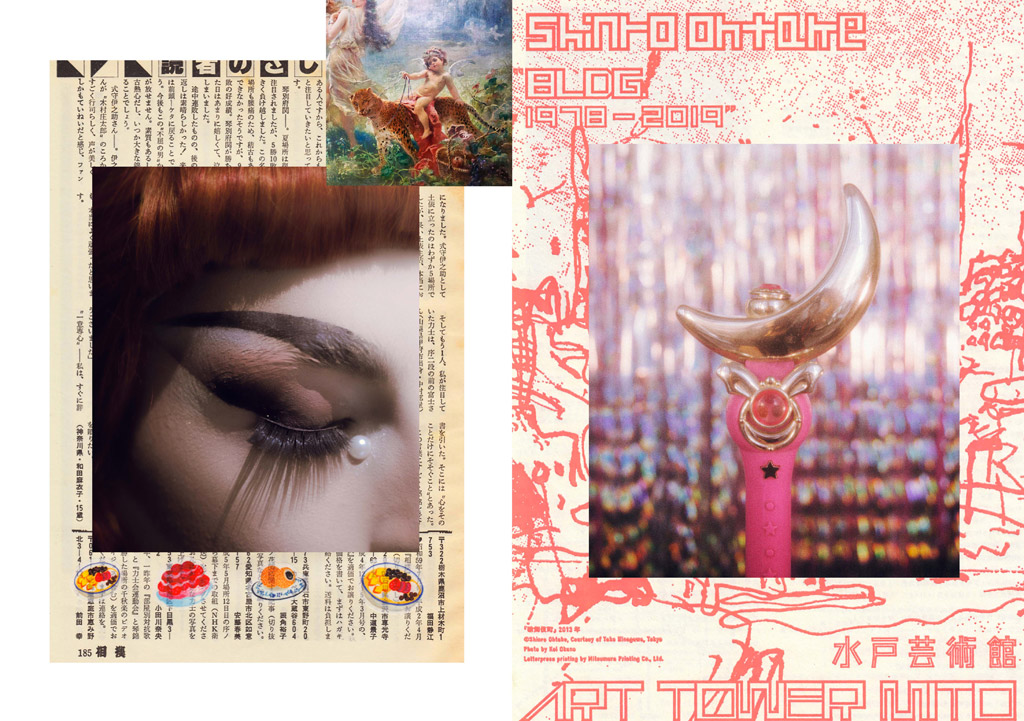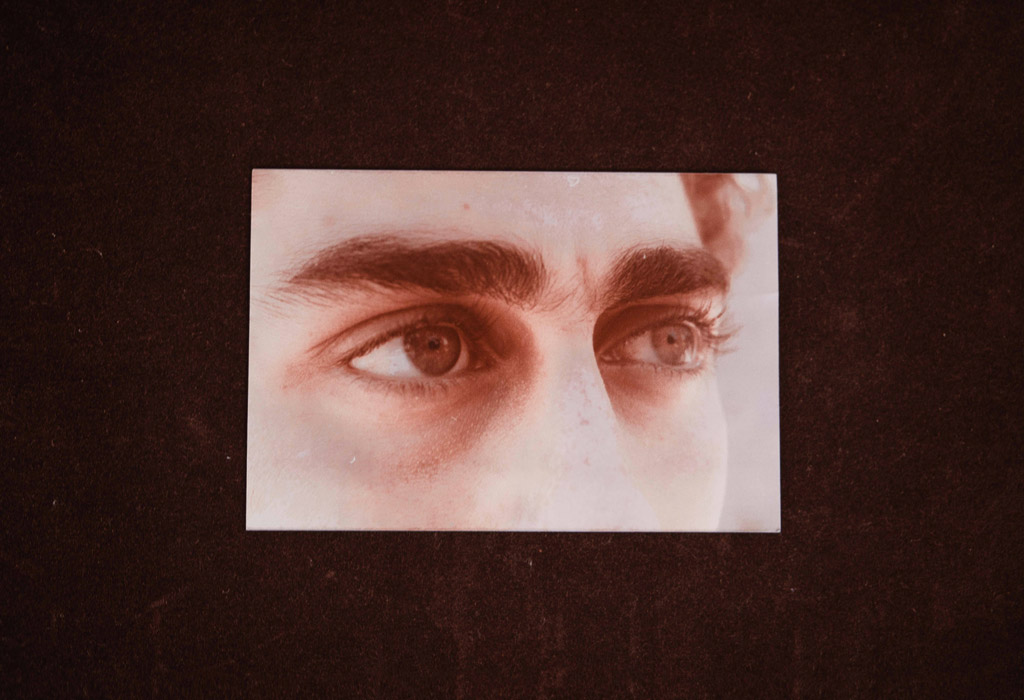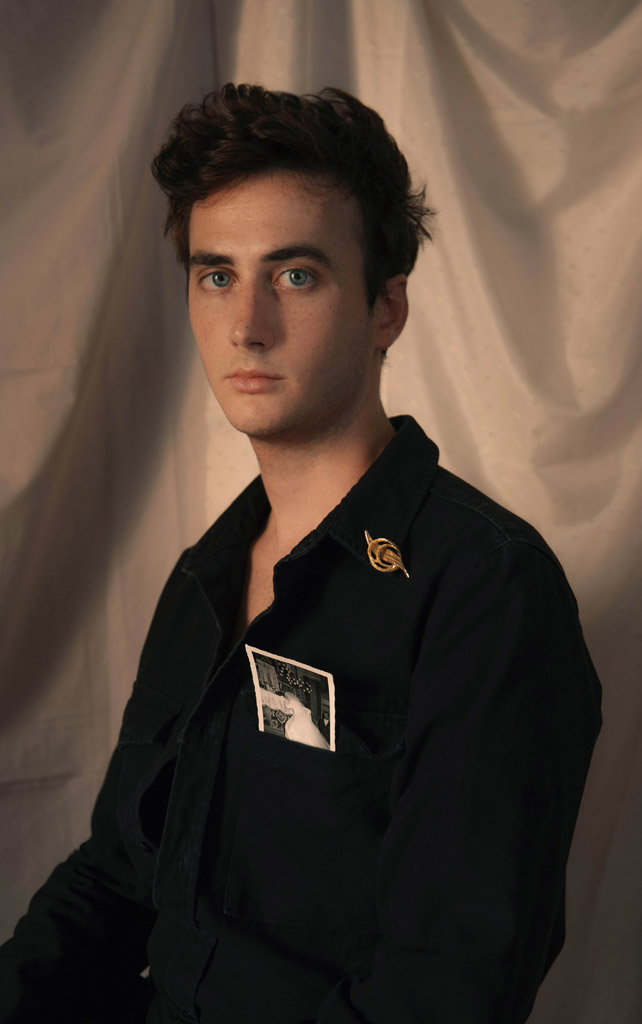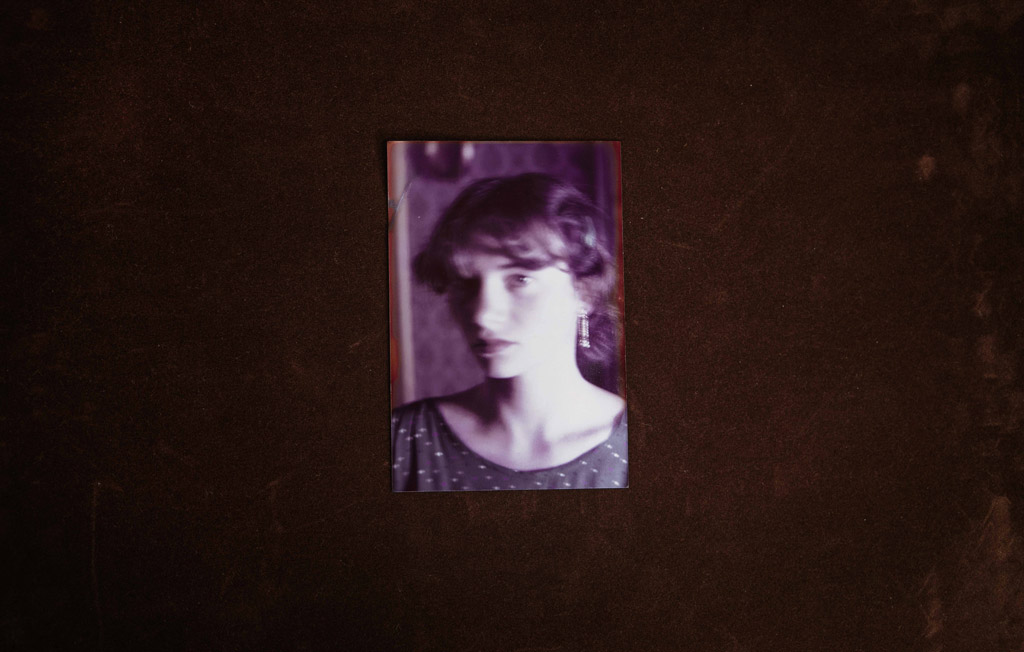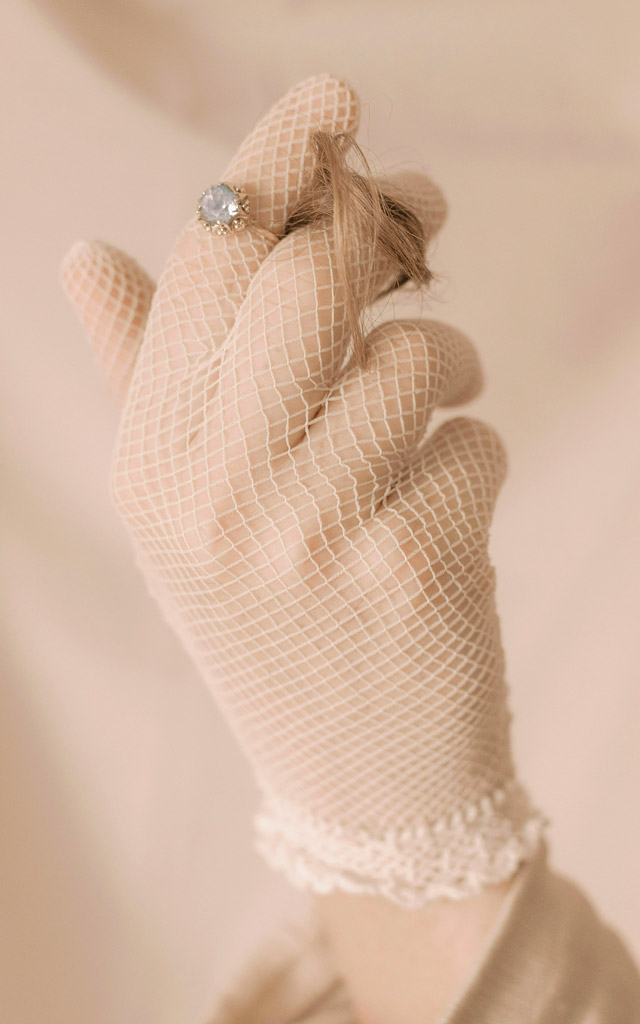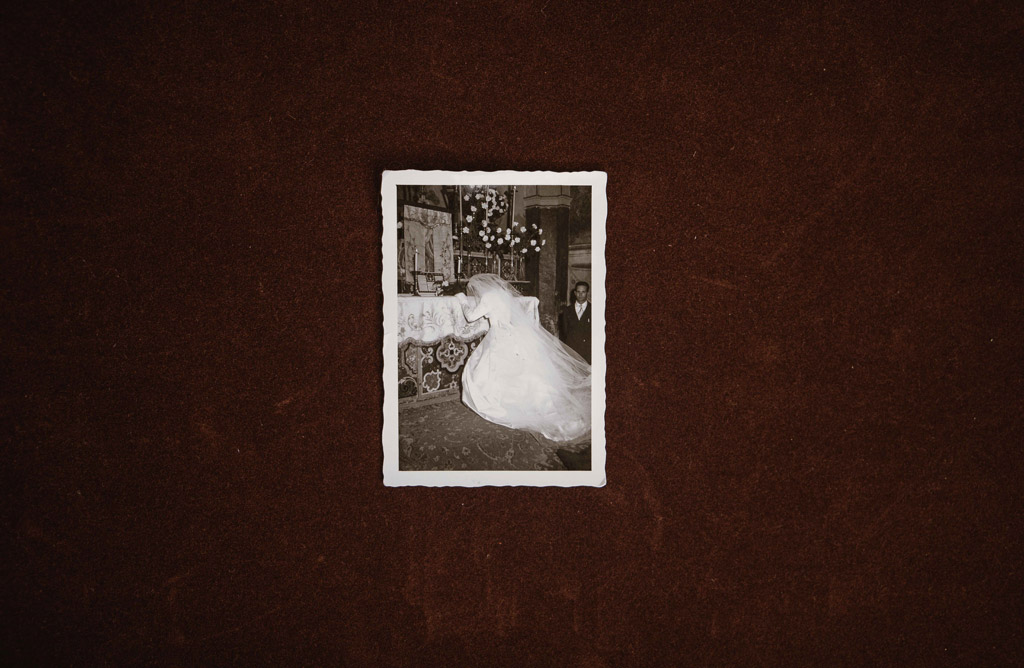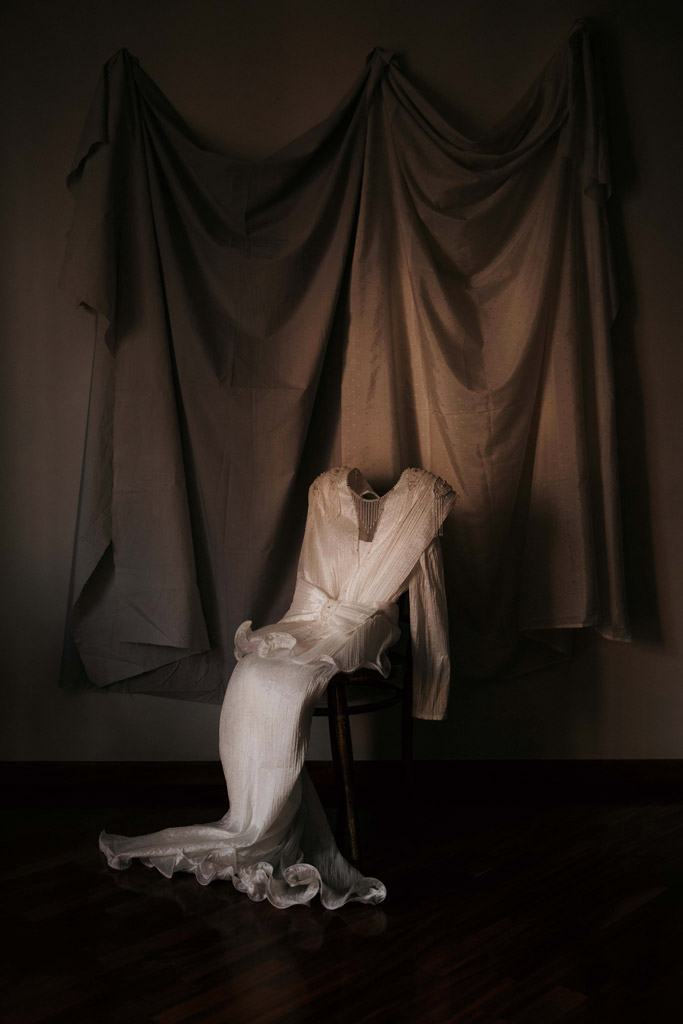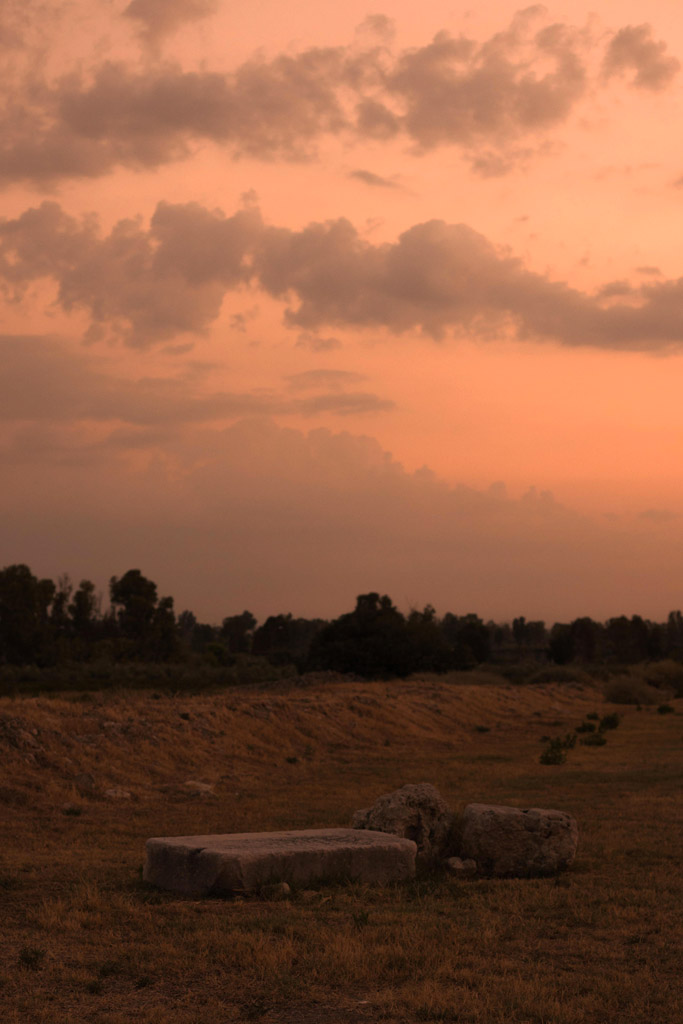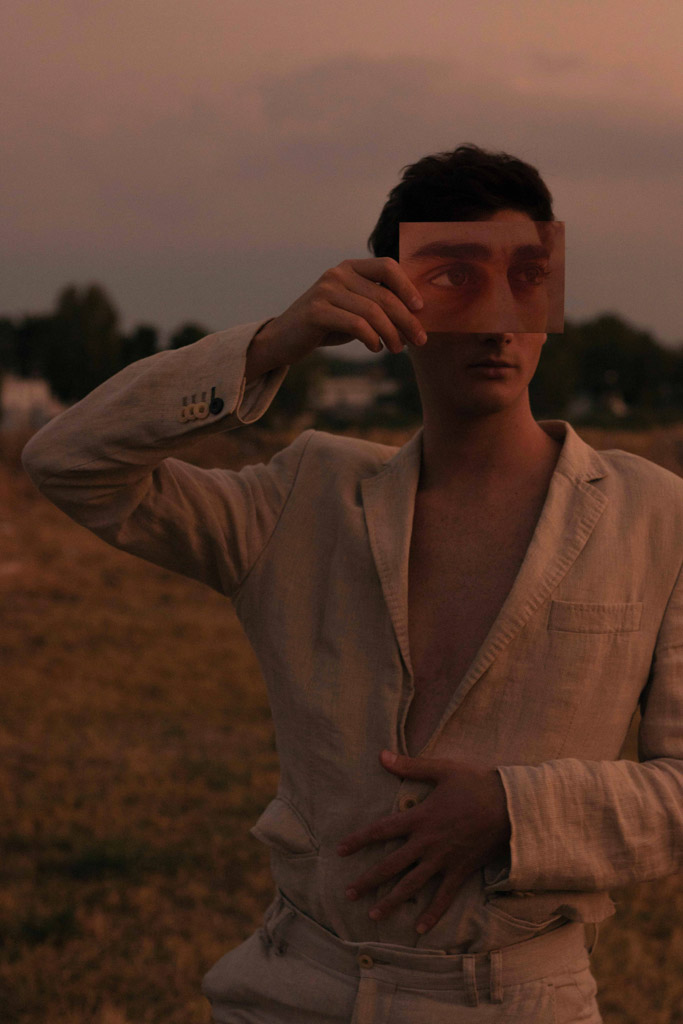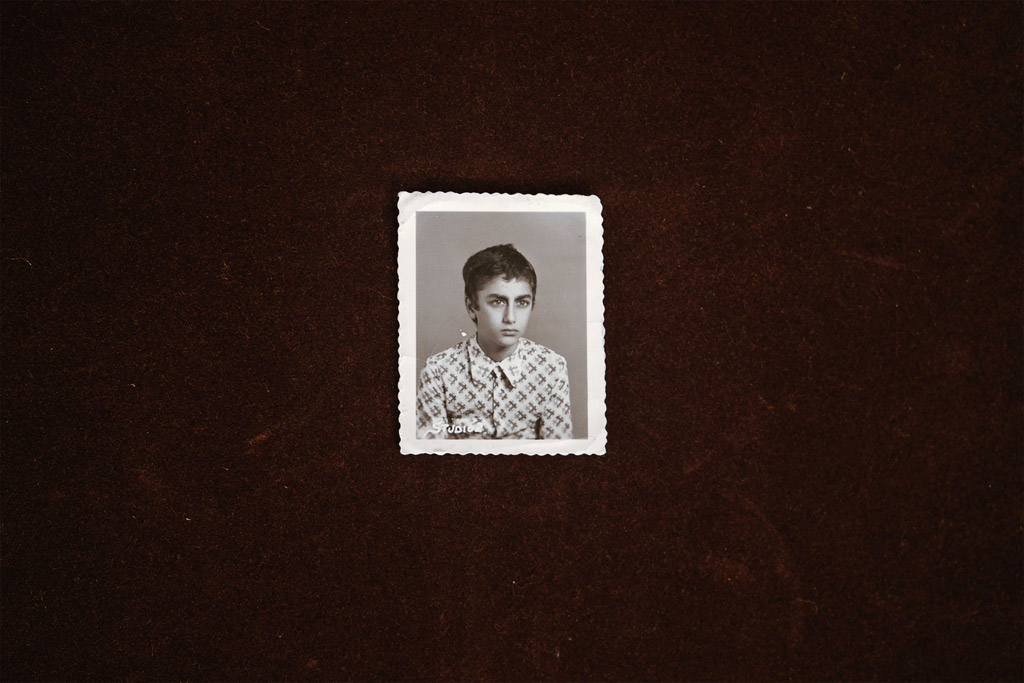Finaliste Prix Picto de la Mode 2020 : Antonio Miucci
Born in Puglia (1994), Antonio Miucci is a visual artist and photographer based in Milan, next majoring in the two-year specialization in Photography at the Brera Academy of Fine Arts. In 2019 he attended a Fashion Photography workshop with the artist Charles Fréger at ARMANI SILOS in Milan. In 2020 he is selected by Palm* Studios for the Palm* PhotoPrize with future exhibition at Print Space Gallery (London). He took part on the online exhibition We have no need of other worlds, we need mirrors curated by Ashleigh Kane on DER GREIF. In 2019 he is chosen by Fresh Eyes and GUP Magazine among the 100 Best Photography Talent in Europe, his photographs are published in the same book and exhibited at PhotoBasel and VOIES OFF (Arles). In the same year he took part in the exhibition GQ ITALIA: Passion for the Path of Art at the Cardi Gallery (MI), curated by Ilaria Bonacossa. In 2013 he was winner of the FashionFormaPhotoContest, whose photograph is part of the exhibition Condé Nast: a century of fashion photography curated by Nathalie Herschdorfer at the Fondazione Meravigli (MI). His works are published on Fresh Eyes, DER GREIF, Uncoated Platform, Rolling Stone Italia, Still Young Photography, GQ Italia, Vogue.it, L’Uomo Vogue, INTERNI, Corriere Della Sera.
ARCADIA
Cliquer pour agrandir les images
“Arcadia was born during a Stendhal attack. I was literally mesmerized by a painting by Dante Gabriel Rossetti, La Veronica Veronese. Same red hair, same deep melancholy and same feverish acceptance. […] Arkadia is also the name of a shopping center in Warsaw, one of the most beautiful cities I’ve ever been to. […] As soon as I entered it, I had an epiphany: all those worlds I had in my head all merged into a space-time corner, which is called Arkadia. The exaggerated pomp, the windows with cakes, the Soviet aesthetics, the beauty of alien women, the outfits that Lotta Volkova dreams of at night. I chose to remove the K because Arcadia, unfortunately, is Italian. How I wish she was born in Greece or on a Yorkshire estate. […] Then I chose this name because, for me, everything must come from poetry. […]
The style of Arcadia is not yet so defined. I just know that she is elegant and generally does not wear clothes above the ankle and below the shoulder blades. Pre-Raphaelite, a little Galliano for Dior 2007 and a little bit handmaid of Handmaid’s Tale. With precision, however, Arcadia knows what and how to communicate through music. Arcadia was born precisely to facilitate my communication on stage. Wearing a mask you feel less naked, you feel less the weight of your vulnerability. It’s like having armor on and, at the same time, you can still be one hundred percent yourself. I did not choose to create Arcadia because of the need to wear female clothes, but to create an imaginary world connected to freedom and fantasy, where to take refuge when I need it. On stage as Arcadia. Off stage as Stefano. Arcadia is a soul that weeps black. And sing, as long as she has a voice”. – from “Manifesto of ARCADIA” by Stefano Filipponi
Arcadia, stage name of Stefano Filipponi, is a singer/songwriter and performer artist who lives in Milan. This story is born from a profound and involving process of knowledge between me and Arcadia/Stefano, in order to discover the person behind the artist and the artist behind the person. With a kind, unique and authentic soul, he is one the most talented people I have ever met. During these last two years, during our meetings, I felt that Stefano, who is very introverted, slowly opened up with me and I, in return, with him. He allowed me to understand his world and by opening the doors he invited me to enter: I went down a million stairs and I arrived to “Arcadia”. Suddenly, his world also became mine: Arcadia/Stefano welcomed me in a fascinating, wonderful, overwhelming, romantic, unexpected chic-pop dimension. Undressed of his vulnerability, Stefano assumes the identity of an elegant creature who lives in a fascinating imaginary world connected to art, diversity, freedom, music and fantasy.
The project “ARCADIA” in its realization makes use of the particular theoretical/aesthetic Camp sensitivity, in which kitsch and exaggeration are emphasized, androgyny, mask and transformism are celebrated, in a coherent constant dialogue between different cultures, languages and styles. Starting from these principles, it is possible to notice how a relationship is outlined between opposites, such as techniques and materials (unique pieces collected and collected personally in Tokyo by Stefano), but above all a juxtaposition between the icons of the Japanese pop dimension and the figures of the Western artistic sphere in terms of affection, inspiration and association, celebrating a culturally intersecting queer universe. The final intent is to place Arcadia at the center of this fragmented and diversified collage, portraying her person as a performing icon free from any definition of identity and as the Queen of this “kawaii” macrocosm, where the viewer is catapulted by finding himself halfway between theatricality, glitter and reality.
THE BRIDE
Cliquer pour agrandir les images
“Each white silk thread weaves the Bride’s glove.
The lily blooms in the Groom’s eyelet. Mom ties the ribbons that make you stand upright in front of the sunny altar, as the veil slowly rises, the mystery is revealed.
Dad tightens the knot of your necktie by giving the jacket the final lock ready to be donated, while you wait for the white figure, advancing towards you in a mystical limbo.
Who am I? The Bride or the Groom?
But, one thing I know for sure: I know I want to wear white lace-up shoes under a cascade of tulle that seems to me like molasses. I know I want to close the shirt with the cufflinks, while Mom adjusts my sleeves, giving me a caress, and Dad looks at me proudly to see who I have become”.
The Bride deals with the definition of gender identity for a kid who lives in southern Italy and who has to deal with deep-rooted cultural traditions, the concept of family, memory, love and marriage. Federico (the model), who grew up in a traditional family, was always encouraged to express himself freely. His parents taught him the importance of being authentic, of loving and accepting himself unconditionally. They taught him the freedom to choose who he wants to be.
Furthermore, The Bride is a journey within himself.
Projecting us into the imagination of a kid and how he dreams of his wedding day, without being able to decide whether he will be the Groom or the Bride, the story offers a reflection on the themes of gender identity and the creation of a personal imagination: the way in which a subject thinks about himself by confronting moments that he considers fundamental in his own social context, in his own world, such as marriage.
The shots portraying Federico and landscapes are characterized by warm colors and soft lines, reinforcing the feeling of being in a fantastic dimension and alternating with photographs of old Polaroids, bringing to the fore the relationship with his family and childhood as fundamental aspects in the formation of the Self. Not just growing up in a specific context, but rethinking the years of own youth, seeing it in a new light, finding traces of what had never been seen before: all of this is part of a continuous work of self-analysis, which involves our past, present and future. It creates the image we have of us in every moment, defining us as individuals.



